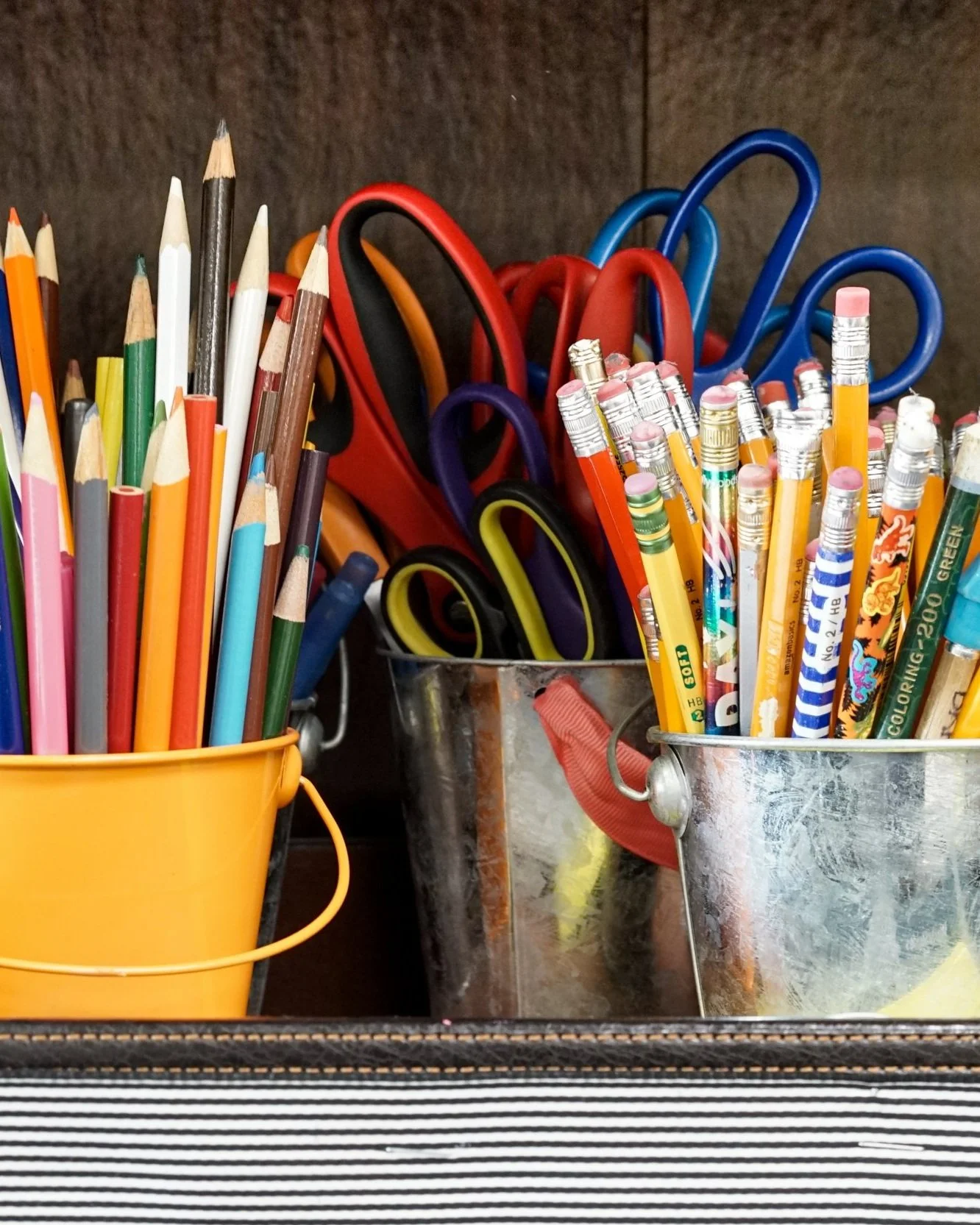How to take the ‘work’ out of homework
Does your child (and you!) dread homework time?
So many parents tell us that this is one of their top struggles with their kids. We know it can feel overwhelming.
Having a homework routine can make an incredible difference. Kids thrive on routine as it lets them know what is expected.
Follow these 6 simple tips to set your kids up for a smoother homework routine…and hassle free for you.
1. Choose the best time of day
It helps to get your child in the habit of doing homework at the same time every day. Some kids work best in the afternoon, following a snack and play period, whilst others prefer the morning before school, when they’re at their freshest.
Find a time that works best for you and your child.
2. Set up a space
Make sure your kids have a “space” for doing their work. For some kids this will mean a large work space like a kitchen bench or dining table, and for others it may mean a small quiet area in their bedroom.
Some children can work on their own, whereas others need to have parents nearby to help keep them on task and help when problems arise (particularly younger children).
The right location will depend on your child and your family. Ask your child where the best place is to work and get them involved in the decision.
Equipment at hand
Set up the homework area with the equipment your child is most likely to need (e.g. pencils, pens, ruler, scissors).
If the homework space will be used for other things, keeping the equipment in a portable crate or trolley comes in handy.
3. Have a snack
If your routine is to do homework after school, give your child a healthy snack that will keep them alert and focused while doing their homework.
If it’s before school, they can have a nutritious breakfast and then get started.
Food is like fuel and helps with focus and concentration.
4. Time frames & breaks
Some children prefer to take breaks at specific time intervals (e.g. every 15 minutes), while others do better when the breaks occur after they finish an activity (e.g. after finishing spelling words practise).
Encourage your child to break up the work into manageable chunks.
5. Positive reinforcements & incentives
Reminding your child of a fun activity to do when homework is done is a great way to encourage them. It may be a favourite TV show, a chance to spend some time playing video or computer games or playing a game with a parent, siblings or friends.
Having something to look forward to can be a powerful incentive to get the hard work done.
6. Build in choice
This can be an effective strategy for parents to use with children who resist homework.
You can incorporate choice into both the order in which your child agrees to complete tasks and the schedule they will follow to get the work done.
Give them freedom to make their own choices within the parameters you set around homework.
Building in choice not only helps motivate children but can also reduce power struggles between parents and children.
If you’re one of the 67% parents worried about not knowing how to effectively help your kids with their homework, we’re here to help.
One of our qualified primary teachers will be able to assist. They use teaching strategies that are used at school, giving your child the 1:1 attention that they can’t get in the classroom.
Our tutors You can book a no-obligation call or simply send us an email at info@attaineducation.com.au and we’ll let you know how we can help your child.





